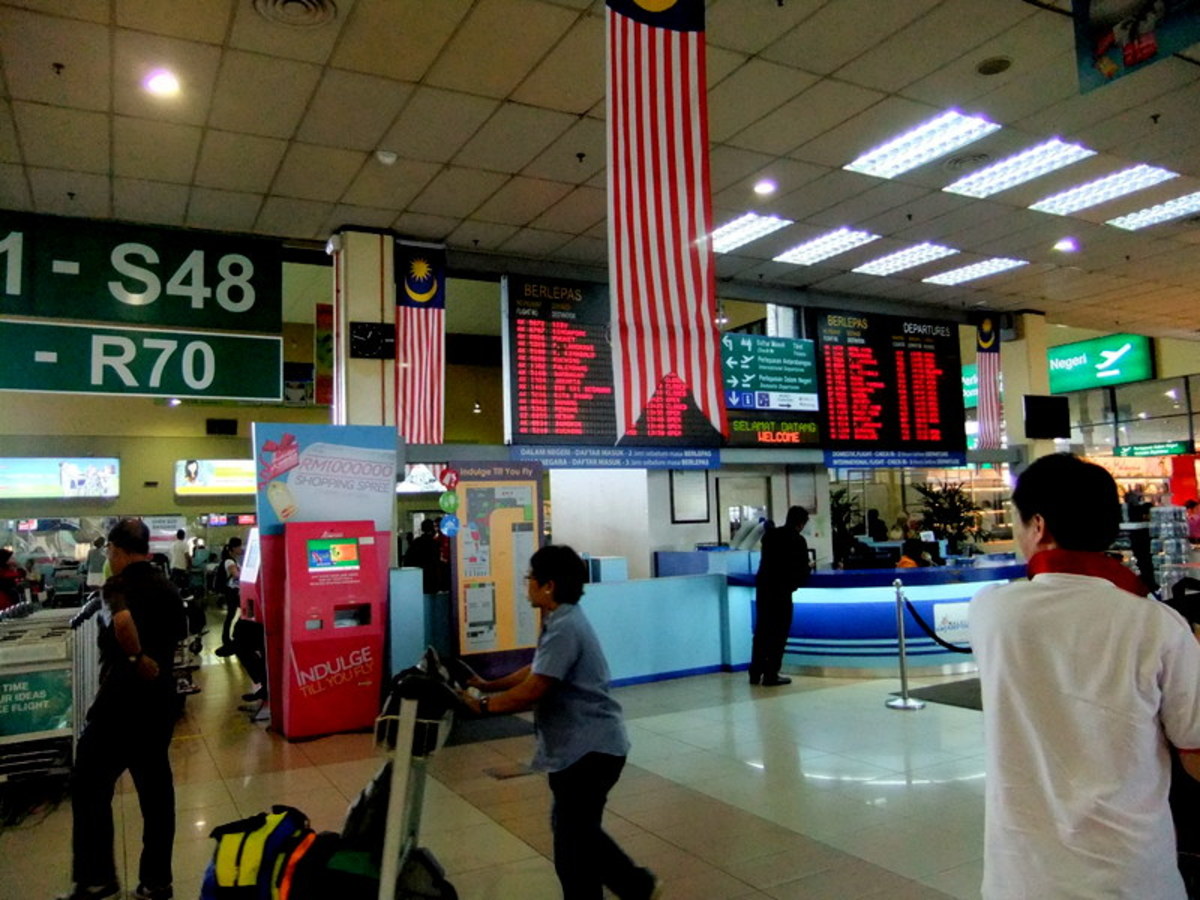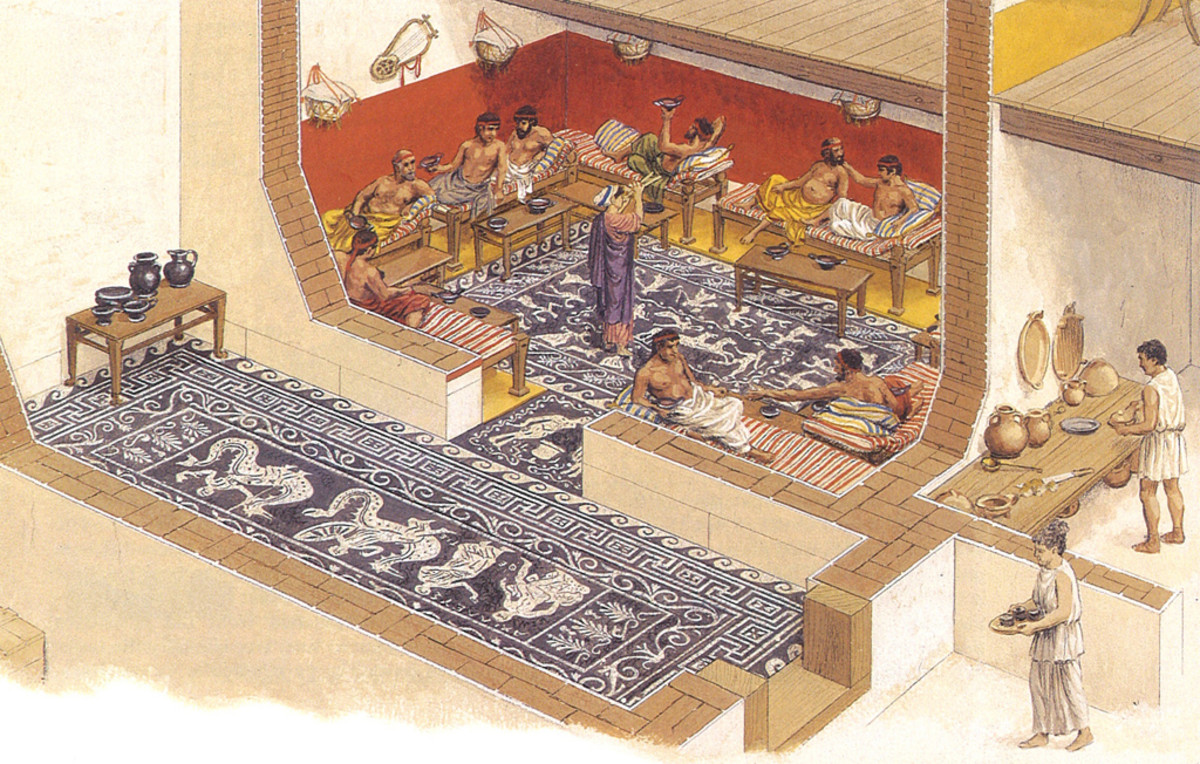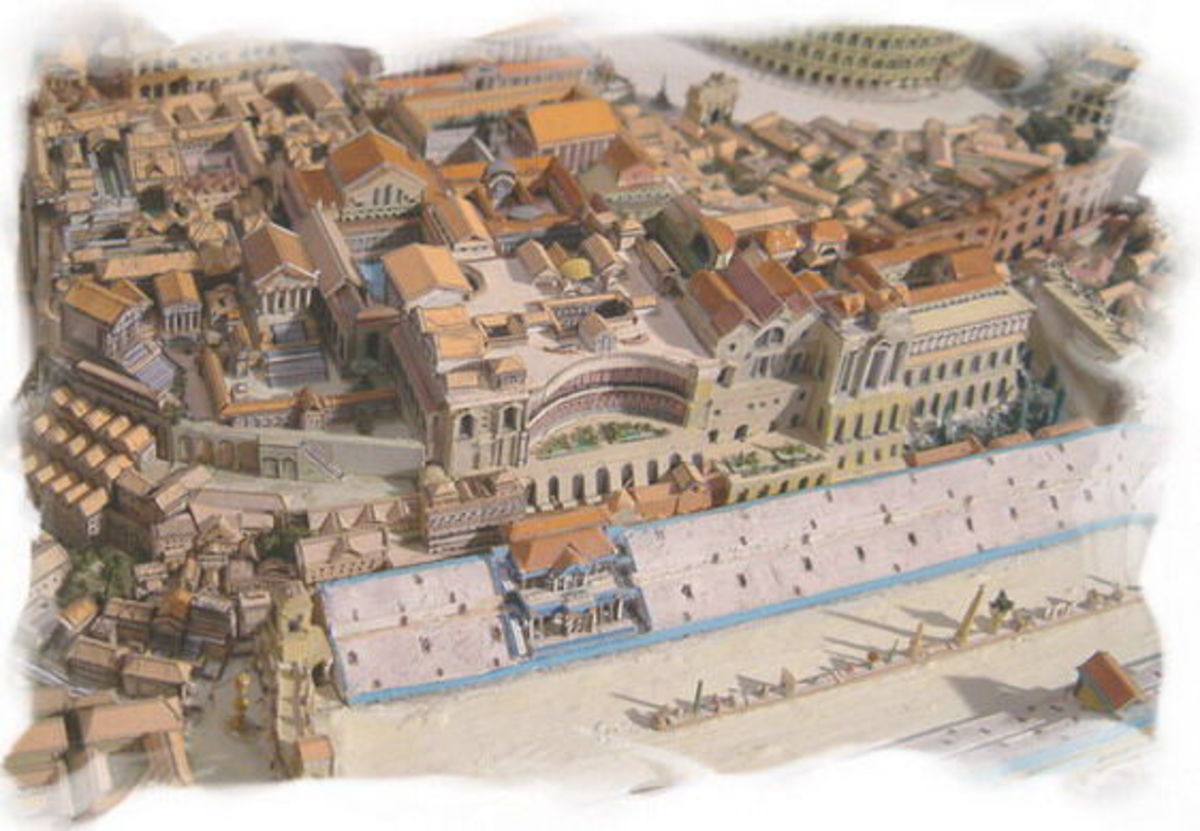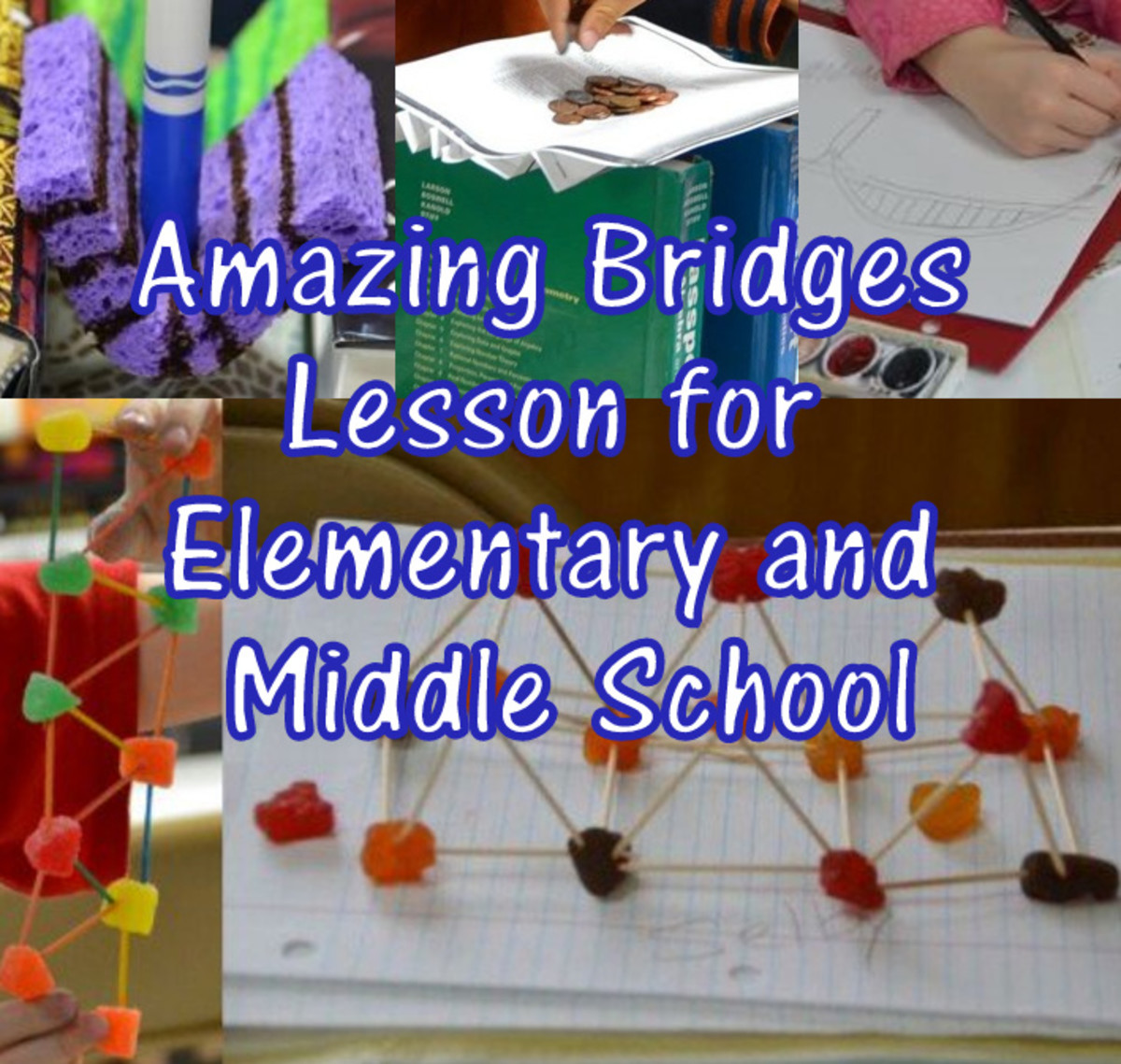Sustainability 12: Mixed-Use Developments (MXDs)
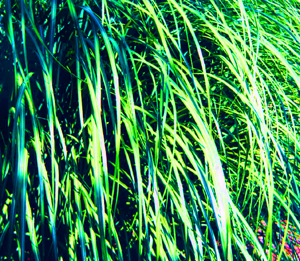
The long term sustainability of our cities, towns and suburbs can be enhanced through the creation of effective Mixed Use Developments (MXDs).
Mixed Use Developments are real estate development projects that encompass a mix of proposed land or building uses or facilities. A project might, for example, consist of a ‘town center’ that incorporates office space, civic functions, a community assembly or recreational facility, and retail and/or restaurant tenancies. Another might consist of live/work artist, artisan and craftsman facilities, over supporting convenience retail. A third might accommodate offices, warehouse facilities, and light industrial uses for a range of businesses.
Depending on where and how they are developed, and what types of uses they mix, MXDs may offer substantial advantages over similarly-sized single use projects. First, to the extent that an MXD may present an attractive set of potential uses to varied end users, it may offer ease of financing, approvals and timing. The planned mix of uses may present less perceived risk to lenders of any single component failing to find an avid market. That mix may also bear greater appeal to civic leaders or administrators concerned with meeting varied community needs. And the included uses may be differentially timed to demands of the marketplace, allowing the project to be phased or fast-tracked.
MXDs may also incorporate a variety of sustainability advantages. Parking lots may be shared by uses having differently timed demands. As an example, parking provided for a cinema that sees peak demand in evenings may otherwise be available for daytime office workers. Parking spaces used by office workers may give way to residents arriving at the end of the workday. Most communities across the U.S. call for substantially smaller parking lots where such shared use of parking can be documented. Green spaces set aside for wetlands mitigation, sound and zone-transition buffers may see alternate use as passive or active recreation areas.
An MXD can similarly allow for greater efficiency and cross-utilization of recreational facilities, parks, restaurants, restrooms, infrastructure, and support services like police, fire, trash handling and mail service.
Some of the greatest sustainability advantages are offered by MXDs that, either individually or in concert, incorporate housing, offices, retail facilities, restaurants and essential services. They can, in effect, ‘shrink’ a community, by having residents live, eat, work and play all within the same local vicinity, with a resulting substantial reduction in overall commuting, congestion and fuel use. Roadway systems may even see less demand over time for widening and signalization.
The concept of New Urbanism applies the principles of Mixed-Use Development to an entire city or town. All areas of the community are designed for an effective and appropriately scaled mix of uses throughout, so that the community remains intimate, approachable, appealing and useful to all residents.
- Cleveland's Tower City Center
Enjoy the grandeur of one of Cleveland's most enthralling interior spaces, the skylit atrium court of the Shops at Tower City Center. - Shaker Towne Center, Shaker Heights, Ohio
Shaker Towne Center, Shaker Heights, Ohio In 2000, the City of Shaker Heights, Ohio, with the assistance of Urban Design Associates and other consultants, developed the Shaker Heights Strategic Investment Plan. That plan targeted certain areas of... - Sustainability 13: Transit-Oriented Developments (TO...
Conserve precious water The sustainability of our cities and towns can also be enhanced through the creation of Transit-Oriented Developments (TODs). Quite simply, a TOD is any MXD centered about a transit facility or node: a subway station, train... - Sustainability 10: Density
When most people envision a green world, they picture high-tech energy-efficient homes in environmentally sensitive gardens. - Sustainability 9: Sprawl
Many consider sprawl to be merely a function of suburbs continually creeping a bit further into rural areas year upon year. - Ten Quick Tips for Going Green
1. If you don't already recycle paper, cardboard, metal, aluminum, glass, plastic, etc., start now. (You can also recycle batteries, cell phones, computer components, appliances and garage-sale just about anything else.) 2. Prepare more meals at... - Sustainability: Green Roofs
Here's one environmentally conscious design option that's garnering adherents the world over. - Sustainability 3: What is Good Design?
Make perpetual cyclical development possible Before we continue, let me introduce the jargon of design, and attempt some definitions we can all embrace. There are many writings and discussions of green design and sustainability available via books,.. - Sustainability 16: Research & Investigation
Create something glorious Considering all the knowledge, subtlety, complexity, nuance, and technology that may be required for success, research and investigation become crucial first steps in the creation, design and development of a... - Sustainability 11: Priorities
Let sustainable design sprout anew.


